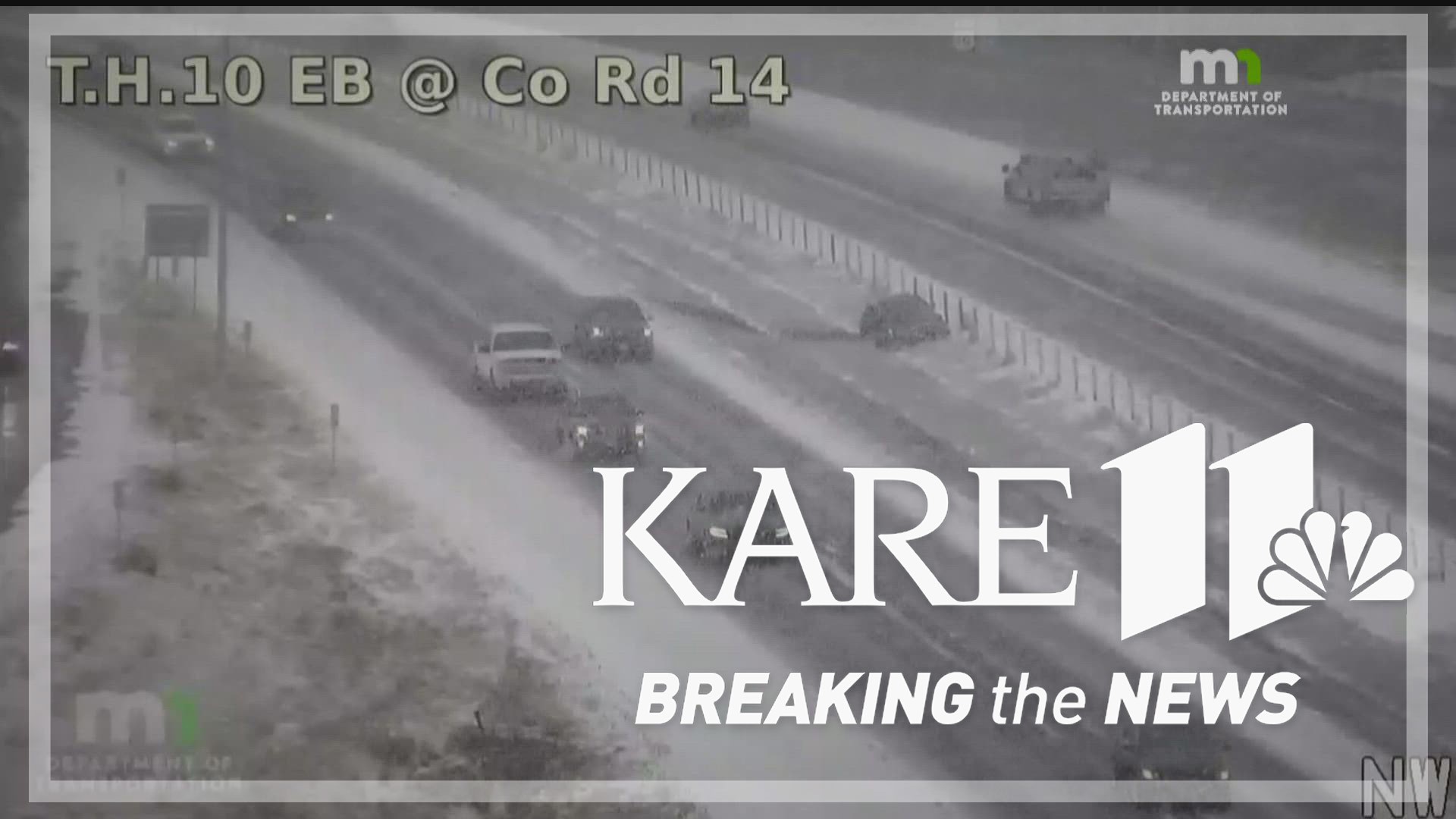MINNEAPOLIS — Yes Minnesotans, we really do forget how to drive in the winter weather.
According to the Minnesota Department of Public Safety, from 2017-2021, there have been more total crashes in November and December during snow and sleet events, than there have been in January and February.
Though some drivers are certainly more responsible than others during the first challenges presented by snow and ice, traffic safety experts say we'd all be better off if we stop blaming everyone else, and take a closer look at the human nature fueling the problem.
John Hourdos is the director of the Minnesota Traffic Observatory at the University of Minnesota and says despite all of the external changes that contributed to crashes on Monday, study after study has found that the biggest difference this time of year occurs internally.
"In transportation, one thing that's very important is continuity and expectation," Hourdos said. "The vast majority of people aren't actively thinking, 'Oh, the road today has snow in it, has a little bit more slush on it, I have to apply the brake more carefully.' They don't. Instinctively, you're applying the same pressure on the brake that you did yesterday and the day before. Eventually, as winter progresses, we switch to the new mode, but for most of us it takes time."
Plowing and road treatment strategies are often easy targets for frustrated drivers, but while they can sometimes play a factor, Hourdos says the problems on Monday weren't fair game.
"Unless the temperature is dropping below 10 degrees or even lower, there is no reason (to pre-treat), and it's counterproductive to throw anything on the road," he said. "The pavements that we have in Minnesota the last 10 years are actually designed to be non-slippery year round. So they require much less amount of salt."
It's not just the pavement that has improved. Cars are also better able to adapt, and engineering has made the Twin Cities' most dangerous stretch of interstate, the ramp from I-35W North to I-94 West, safer in recent years.
"Before the reconstruction, the congestion there made it the highest crash location in the state," Hourdos said.
Though crashes in that location are now happening less often, it hasn't stopped speeding from fueling a jump in crashes year-round across the state since the pandemic.
"It is 100% psychological," Hourdos said. "There is no other explanation. The roads didn't change in the pandemic, the vehicles didn't change in the pandemic, human reaction didn't change in the pandemic, so that means that human psychology changed."
Hourdos says he believes the only way that speeds and crashes will come down, is if we are all willing to look inward.
He began with his own spin-out on Monday morning.
"I have a four-wheel drive and still I was going a little bit faster so I felt the back of the car slide a bit, yeah, I'm guilty too," he said. "As I said, even I, who was preparing for this interview, cannot avoid this."
Watch more Breaking The News:
Watch all of the latest stories from Breaking The News in our YouTube playlist:

